Impressionism is an art form that has been around for nearly 150 years. Impressionist art is characterized by its rejection of traditional academic salon-displayed paintings. Instead, these paintings feature small, visible brushstrokes and unblended colors to depict a fleeting and ever-changing picture of light. Impressionist artists rebelled against academic techniques, history, mythology, and the lives of noblemen. They did not want their art to reflect perfection. Impressionists strived to capture the world they lived in and how it appeared to them at a certain moment in time.
“Impressionism means taking inspiration directly from nature, trusting your senses rather than what you think you know.”
―Michael McClure
“Impressionism is the newspaper of the soul.”
―Henri Matisse
Where Impressionism Came From
The Impressionist Movement started in the early 1860s by Paris-based artists like Claude Monet, Édouard Manet, Camille Pissaro, and many others. The first use of the term Impressionism comes from the art critic Louis Leroy in response to viewing one of Monet’s paintings titled ‘Impression, Sunrise’, (see blog post cover image), which is considered to be the first painting to have started the art movement. He wrote a review stating all of the paintings on display were just “impressions.”
Instead of painting in studios, these artists liked to create their works in the open air. This method is known as Plein Air Painting. It involves using quick, careless brushstrokes to capture the artist’s perception of the world, instead of focusing on accurate details. The movement also rejected official painting exhibitions led by the French government and instead, Impressionist artists chose to organize their own. While the movement and art style was initially ridiculed by critics, it eventually went on to become a movement that changed the course of modern art.
“What seems most significant to me about our movement [Impressionism] is that we have freed painting from the importance of the subject. I am at liberty to paint flowers and call them flowers, without their needing to tell a story.”
―Pierre-Auguste Renoir
Impressionism’s Impact on Culture
Impressionism brought about a radical departure from tradition. Not just in the way art was created, but also in the way it was perceived. Impressionists rejected formal institutions of art that previously had a huge impact on artists’ careers. After that, artists were free to experiment with their style and this independence resulted in a rise of private dealers and art collectors. This idea revolutionized modern art and allowed artists to influence shifts in society through their work by making it accessible to everyone.
“I do not literally paint that table, but the emotion it produces upon me.”
―Henri Matisse
Impressionism’s Impact on Film
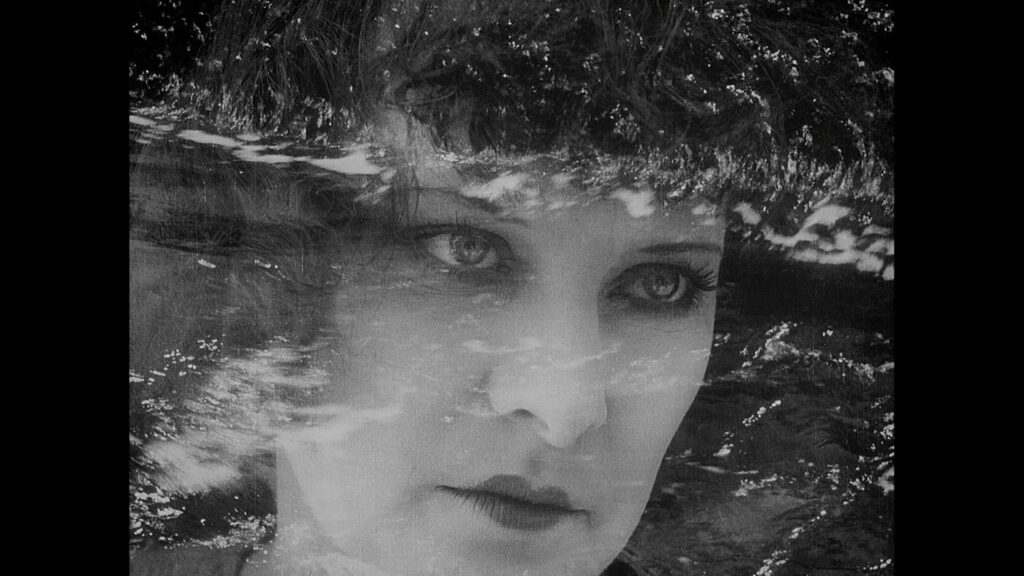
The French Impressionist Cinema was a reflection of the avant-garde art movement where film-makers looked at film as an art form, rather than just a depiction of historical plays and events. Using non-linear editing styles and experimental camera angles such as widescreen and POV shots to show movement, Impressionist films created moods that would give rise to emotions that helped the audience discover underlying truths.
“Impressionism is not a movement, it is a philosophy of life.”
―Max Lieberman
Impressionism’s Impact on Music
Similar to Impressionist films, Impressionist music also focuses on depicting emotions, moods, and movement. A way to recognize Impressionist music is that it has no defined rhythm and is often described as dreamy. Impressionist composers like Claude Debussy took their inspiration from the same places as Impressionist artists and used different textures and orchestrations to create vibrations in the listener’s body, helping them feel the music instead of just listening to it.
Impressionism’s Impact on Literature
Literary Impressionism was a movement that started in the late nineteenth century and featured great writers like Joseph Conrad. Impressionist writers wrote prose that emphasized the simplicity of life while compelling the reader to paint a picture of the narrative in their heads through the sensory details in the writing. Impressionist writing featured points of view from the characters, non-chronological events, and a lack of detail that forced the reader to read between the lines to derive their meanings from the text. This creates a hazy, dreamlike depiction of events, similar to Impressionist paintings.
“Impressionism is at the root of all modern art, because it was the first movement that managed to free itself from preconceived ideas, and because it changed not only the way life was depicted but the way life was seen.”
―Francesco Salvi
Looking to explore more art genres? Head over to Joe Latimer.com for a multidisciplinary, visually stunning experience. ☮️❤️🎨
Enjoy this blog? Please help spread the word via:


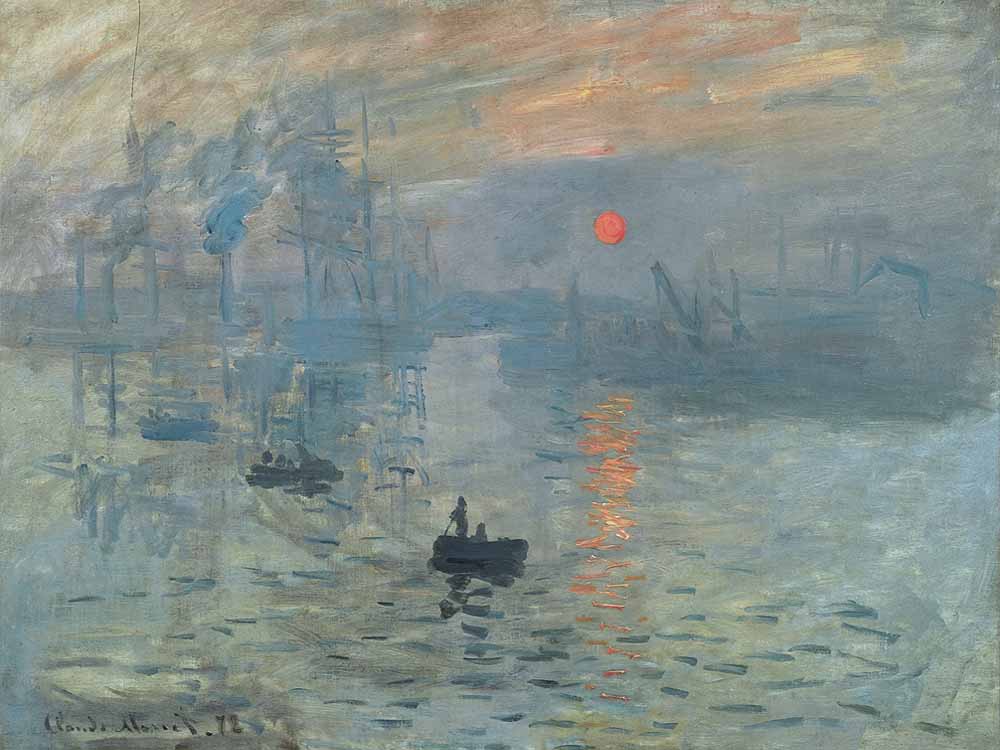

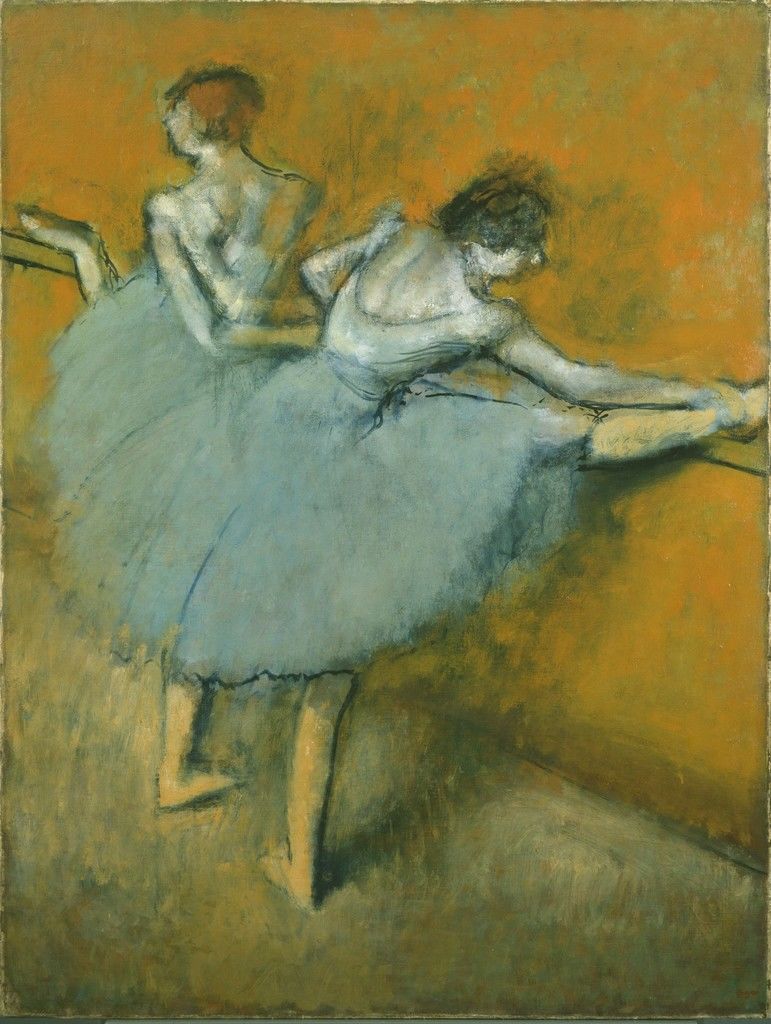
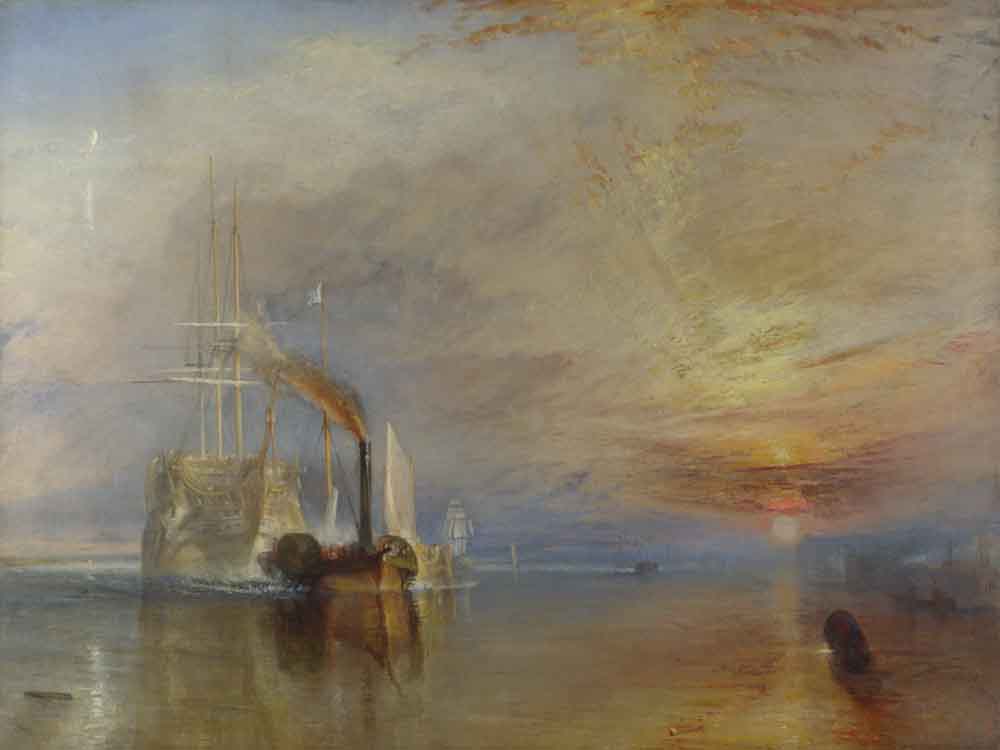
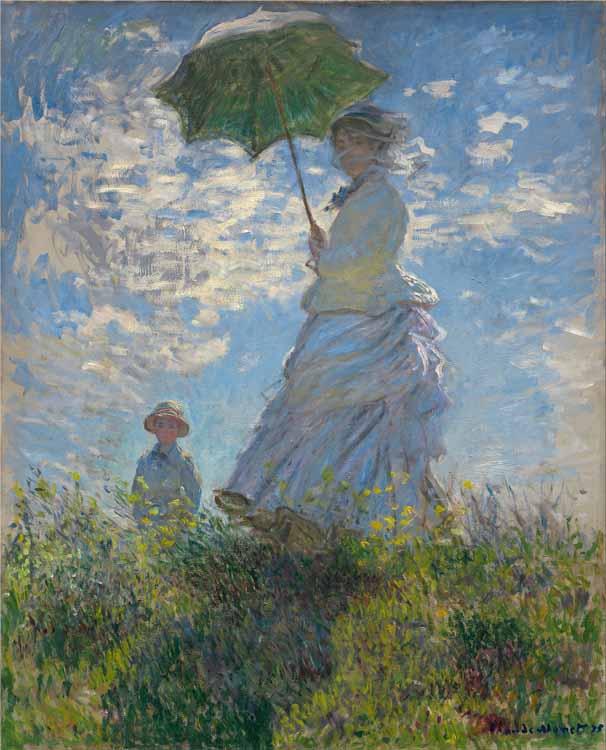
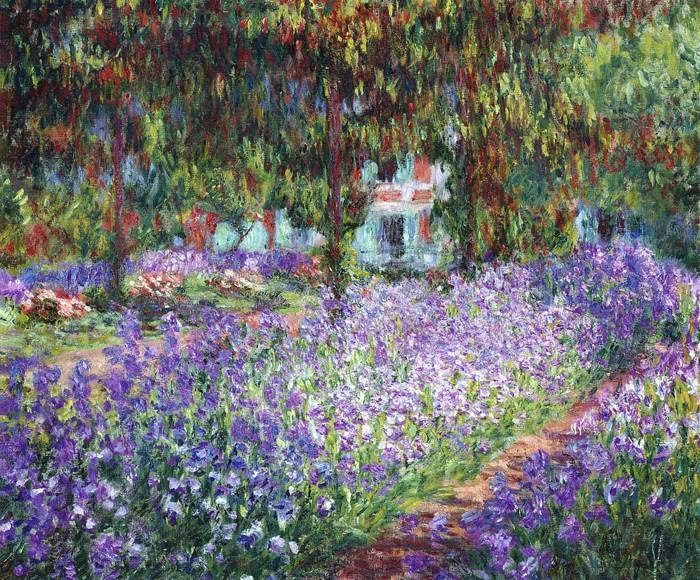
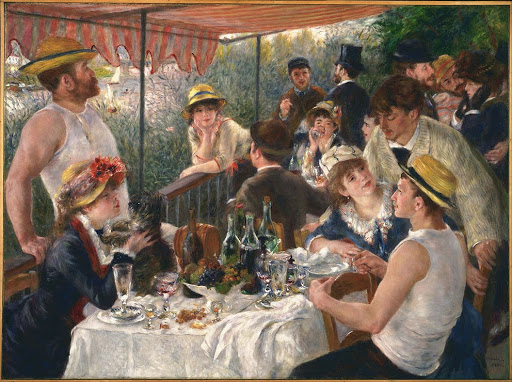
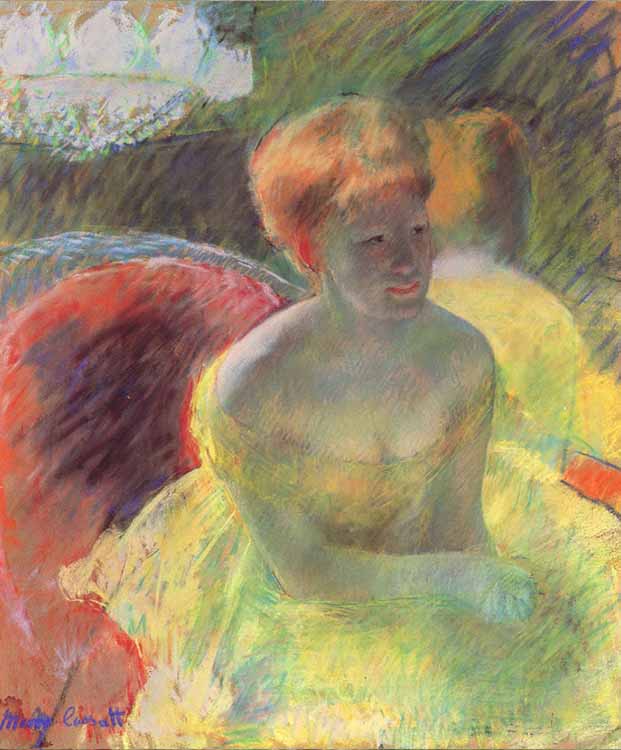
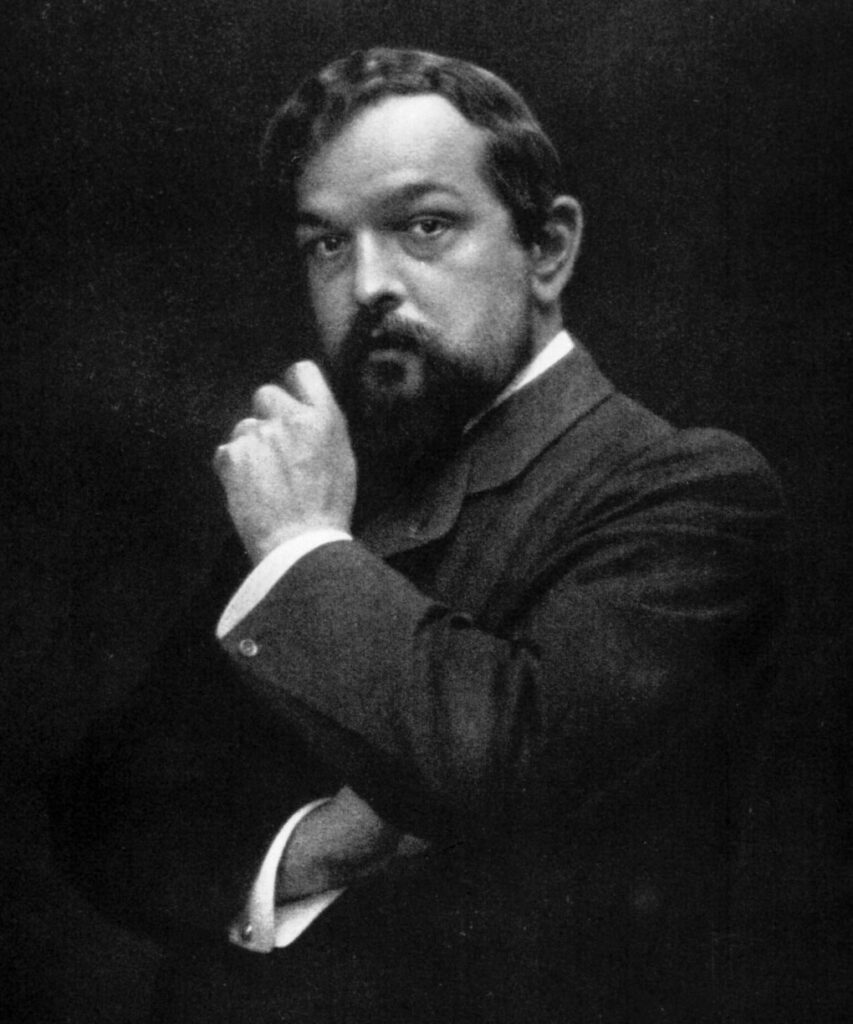

2 Comments